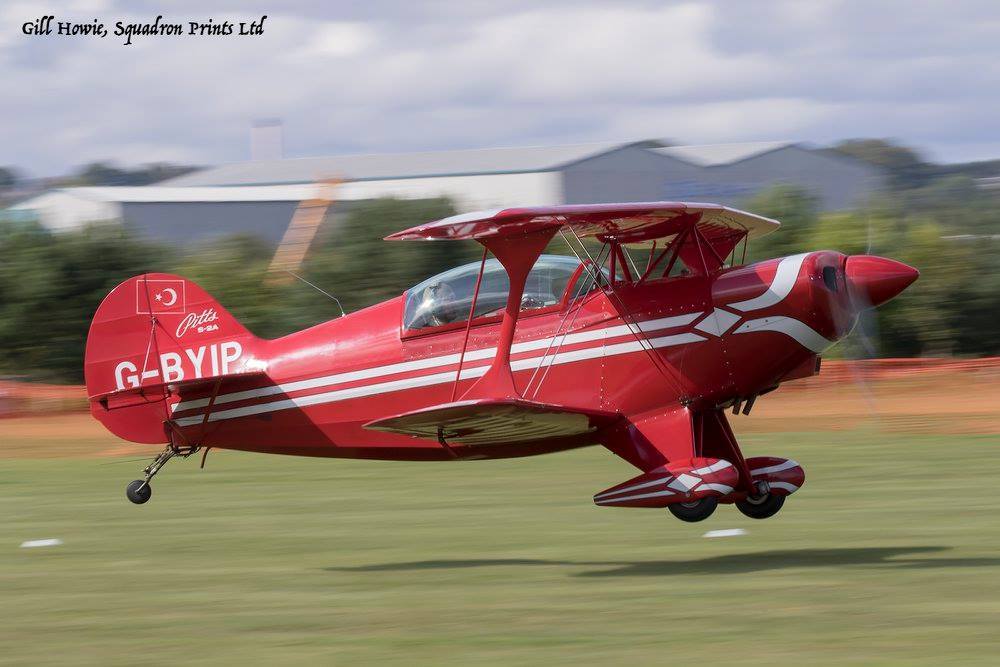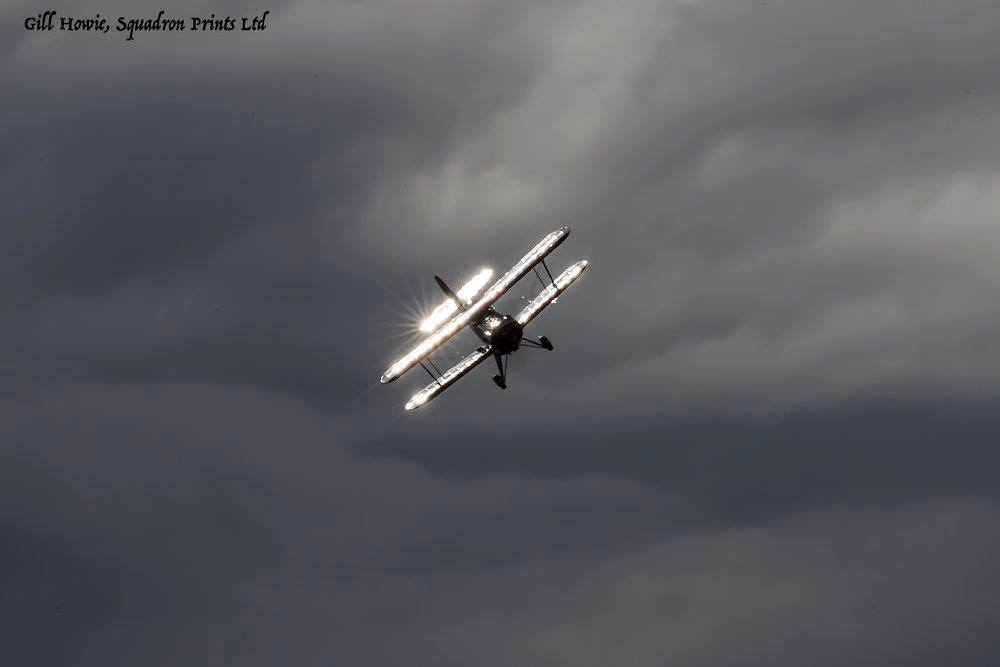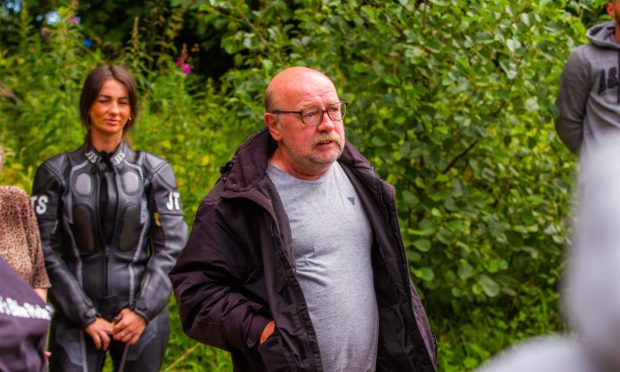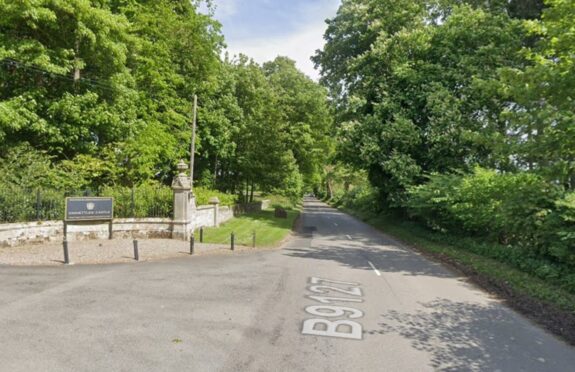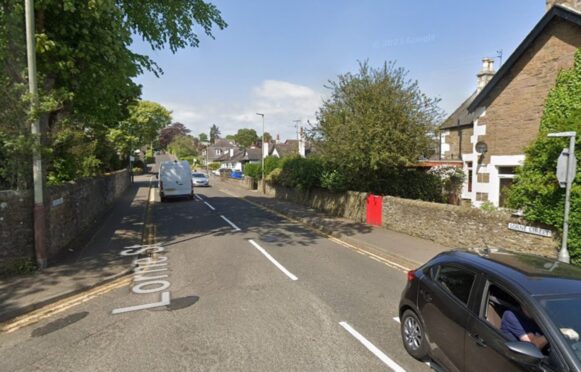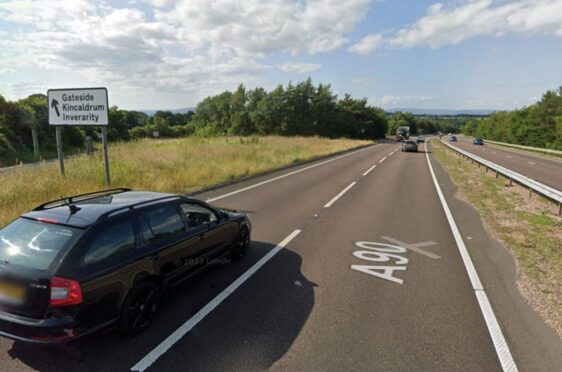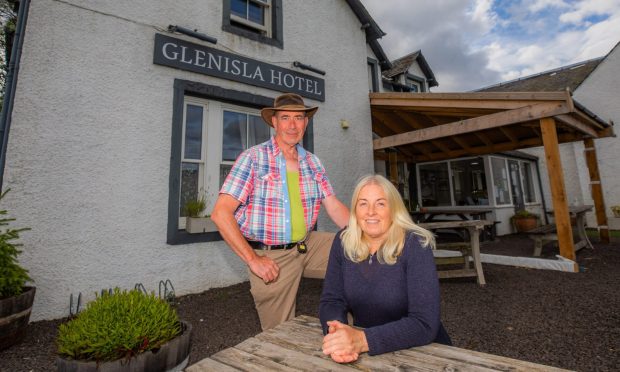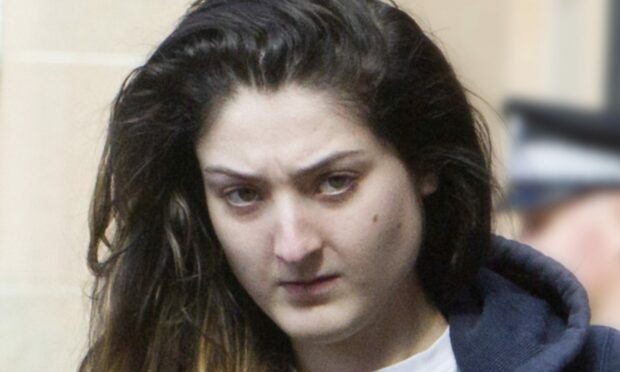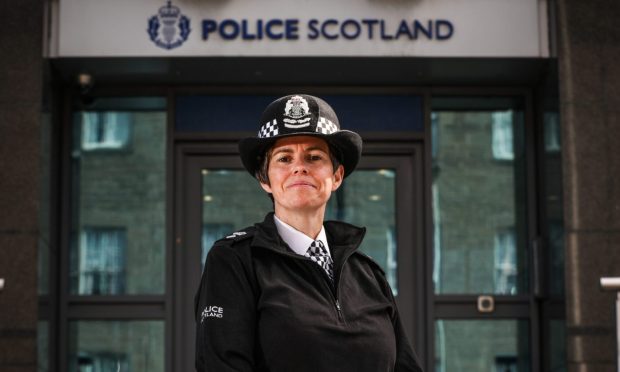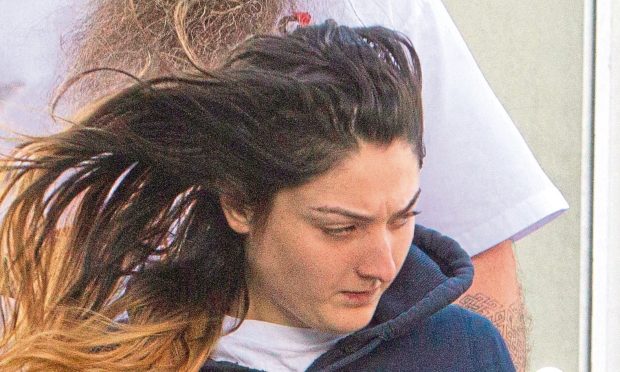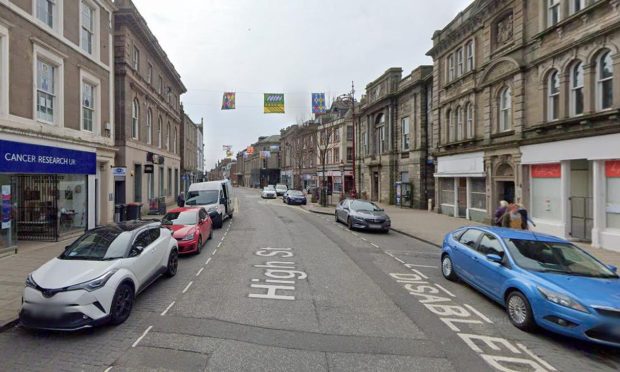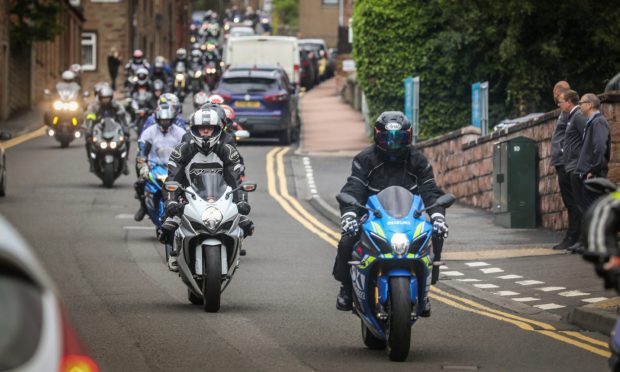Visitors to Montrose Air Station at the weekend got the chance to follow in the footsteps of Britain’s wartime fighter aces.
The family open weekend was promoted as ‘squadron scramble” after the second world war pilots who ran to their Spitfire when the alarm bell sounded.
A light aircraft fly-in at Broomfield Playing Fields also took place with aircraft attending from all over Scotland.
RAF Montrose was reopened in 1936 as No8 Flying Training School and many pilots trained at the airfield fought in the Battle of Britain.
Youngsters got kitted out in flying gear and sprinted across the grass to the centre’s own Red Lichtie replica Spitfire at the sound of the scramble bell.
Dr Dan Paton, the air station’s curator, said: “There is plenty of second world war aviation history in Angus, with seven airfields in operation.
“Montrose was the only one operational at the start of the war when it was home to No8 Flying Training School.
“There were fighters based here for airfield defence so in 1940 the Spifires of No603 (City of Edinburgh) squadron scrambled from Montrose to intercept German bombers from bases in Norway.
“In the early stage of the war there was more action over Scotland than down south. That all changed with the Germans occupying France.
“No603 Squadron saw a lot of action when they were stationed here but it was all against single aircraft or small formations and bombers but no fighters.
“There are accounts of scrambles at Montrose.
“Since it was all grass they took off in any direction while the training aircraft were doing circuits and bumps.
“In one case there was a serious accident when a Spitfire being scrambled went into an Oxford.
“Many pilots trained at Montrose fought in the Battle of Britain and we have examples of some of the famous fighter aces who did their flying training at Montrose.”
Visitors got the chance to get a selfie in the cockpit while visitors were also able to sound the air raid siren, man the machine gun and take-off on the flight simulator.
Other aircraft on display include the BE2 and Sopwith Camel replicas from the first world war alongside a Miles Hawk, Gloster Meteor and a de-Havilland Vampire.
In 1935 the British government decided to expand the RAF in the face of a growing threat from Germany and a key requirement was for more trained military pilots.
RAF Montrose, virtually unchanged from the first world war, was re-opened in 1936.
Between that date and the end of the Battle of Britain an estimated 800 pilots trained and got their ‘wings’ at Montrose though not all of these became fighter pilots.
“The Red Lichtie is a story in itself, how the people of Arbroath raised £5,000 to buy a Spitfire for the RAF in 1941,” said Mr Paton.
Similar to the wartime fund, the Heritage Centre started its own ‘Spitfire Fund’ in 2012 to raise money for the purchase of a full size replica Spitfire.
Additional funding from Angus Council enabled the purchase of the Spitfire that now sits at the front of the main building.
